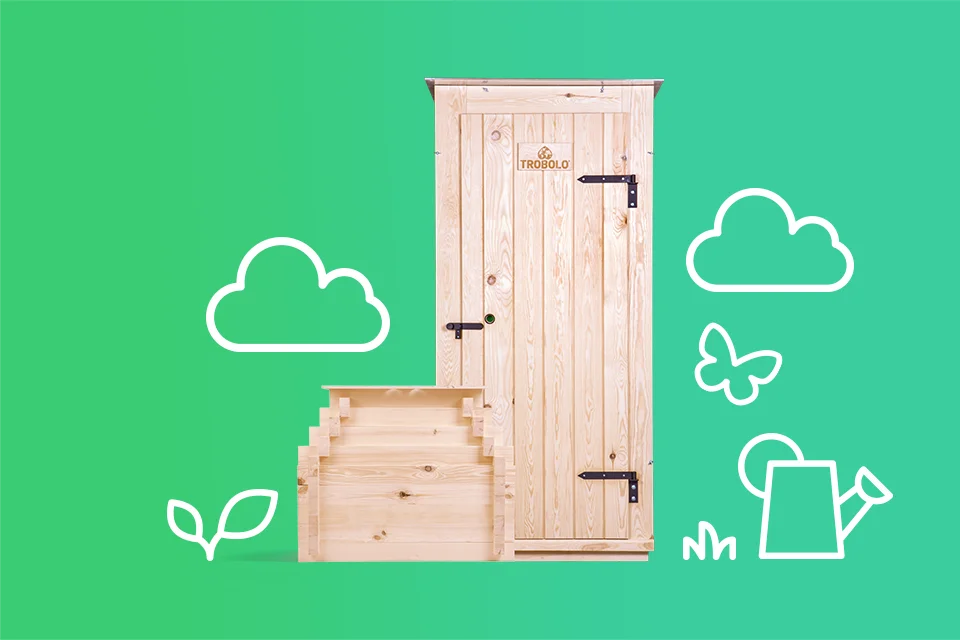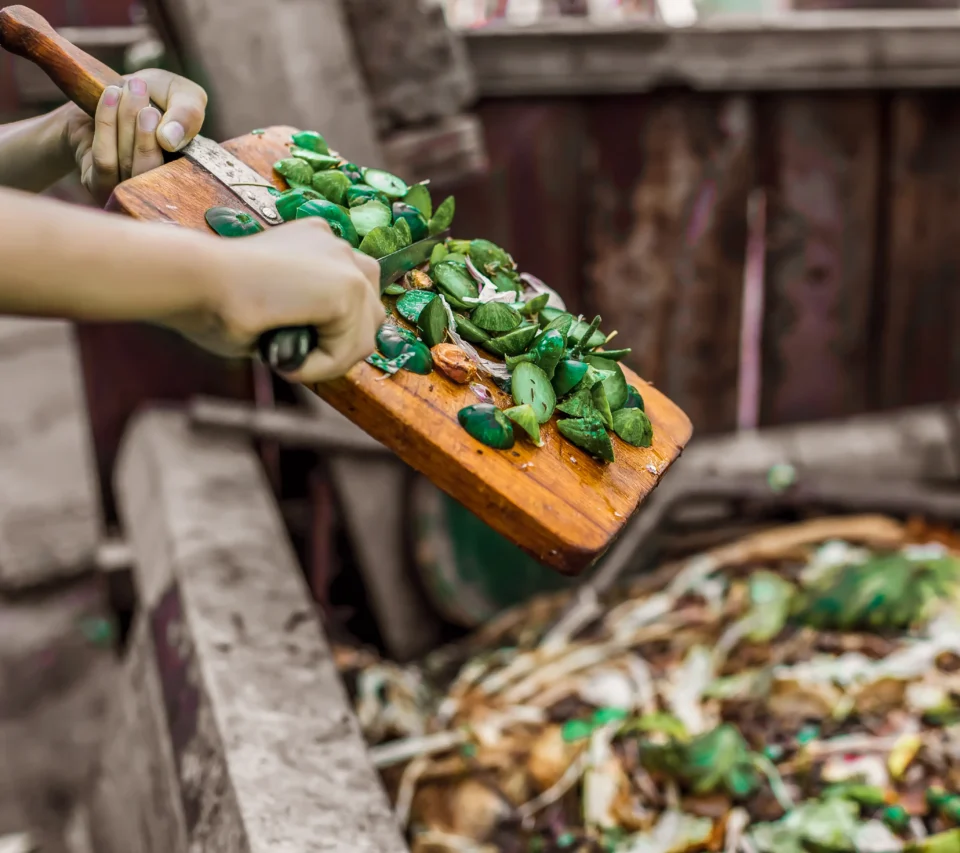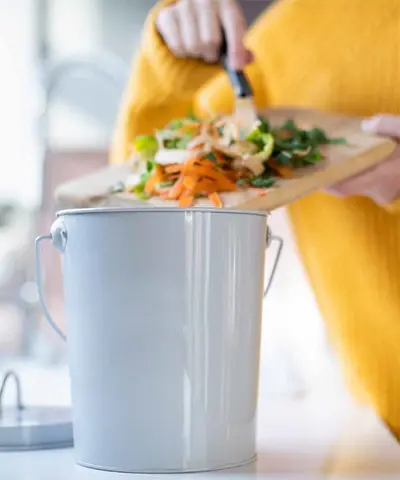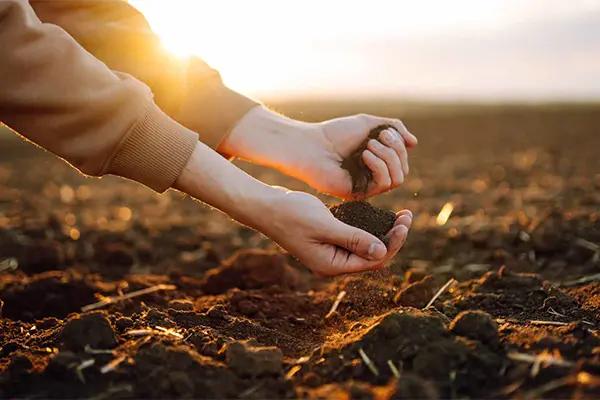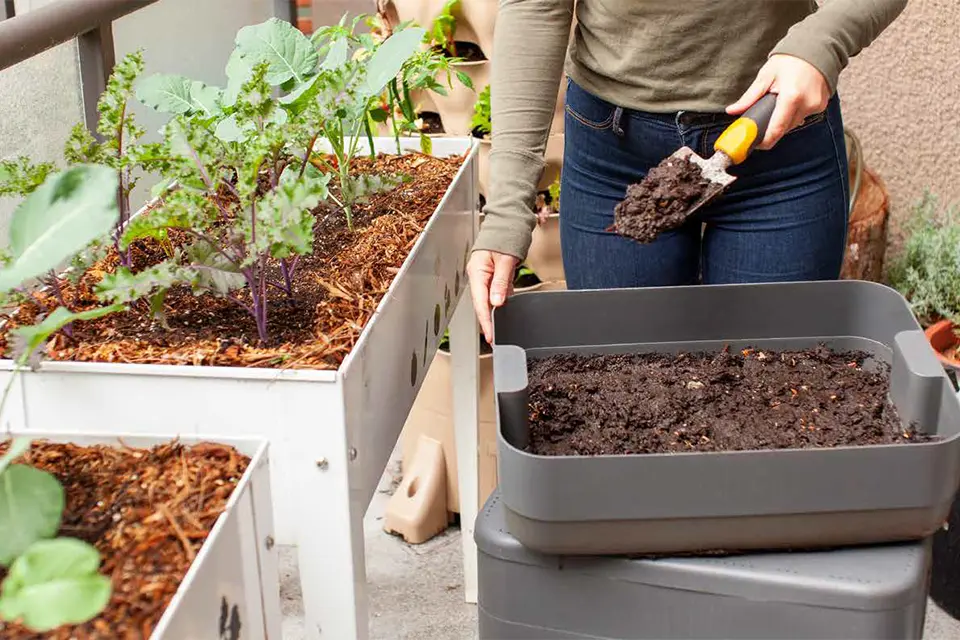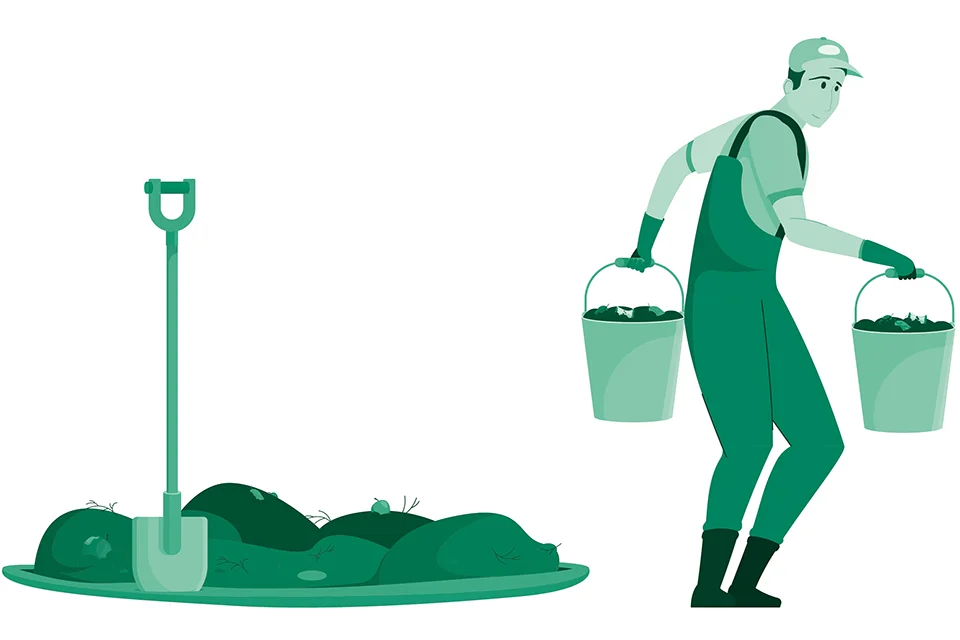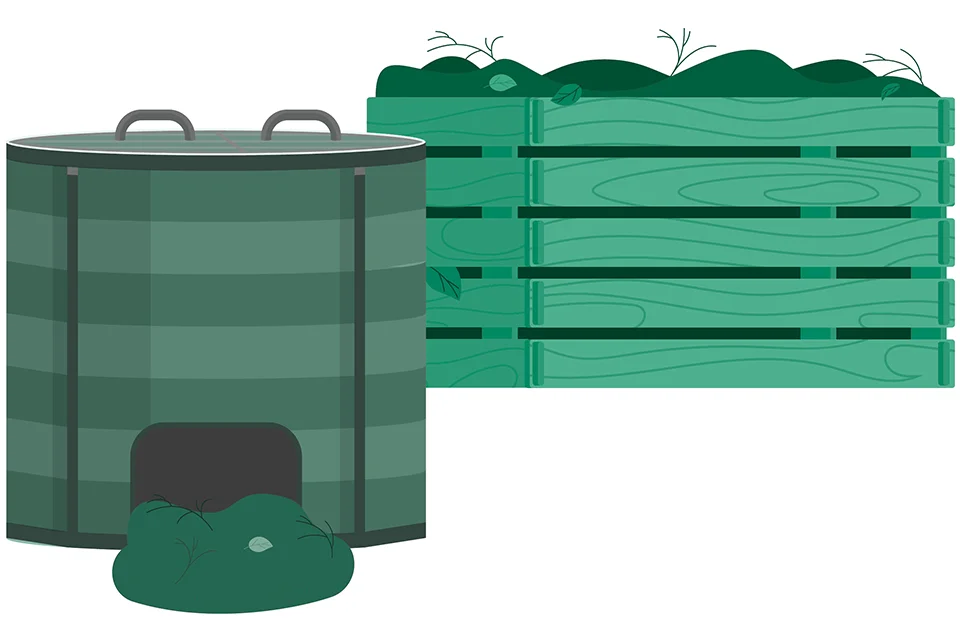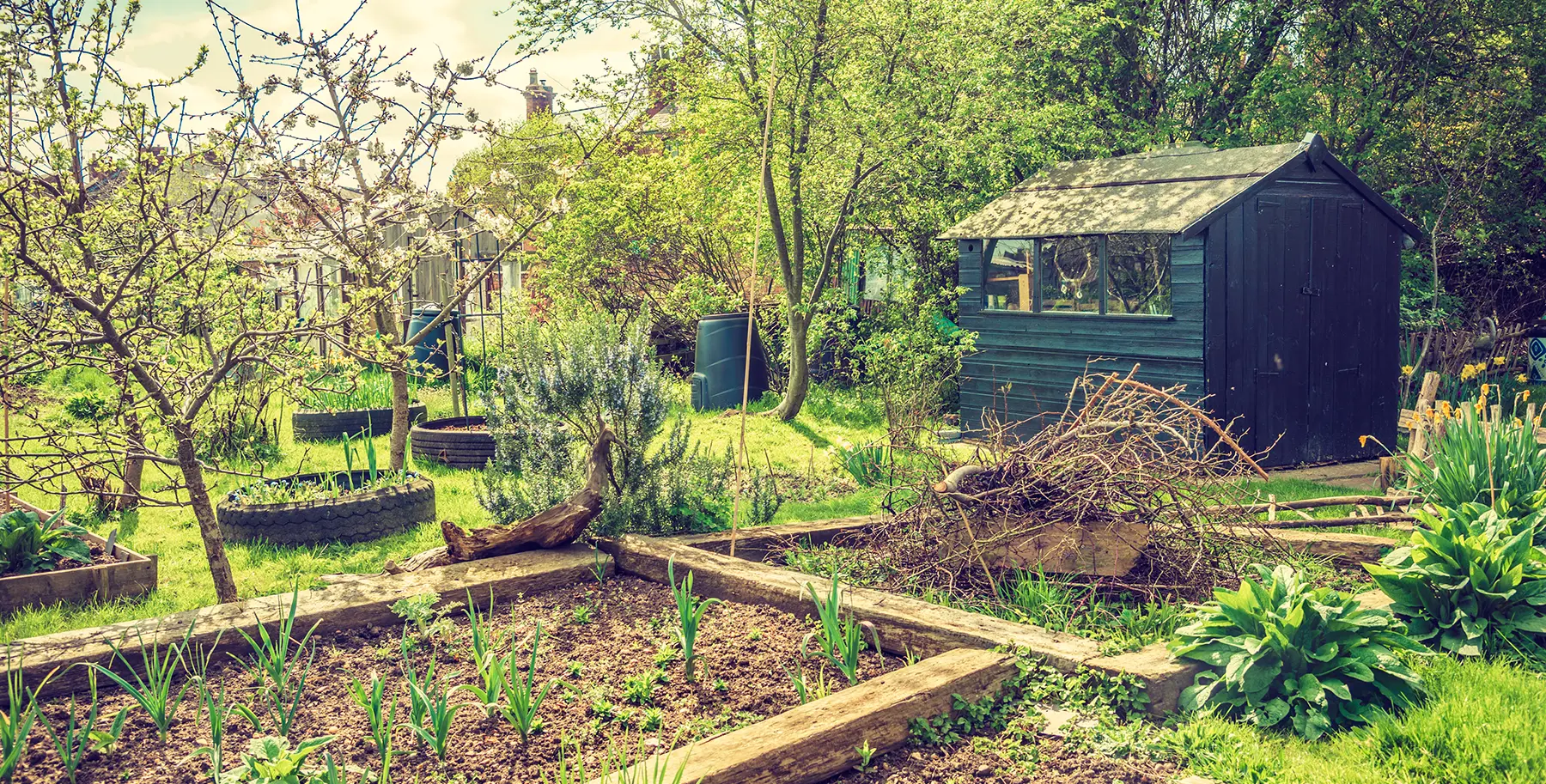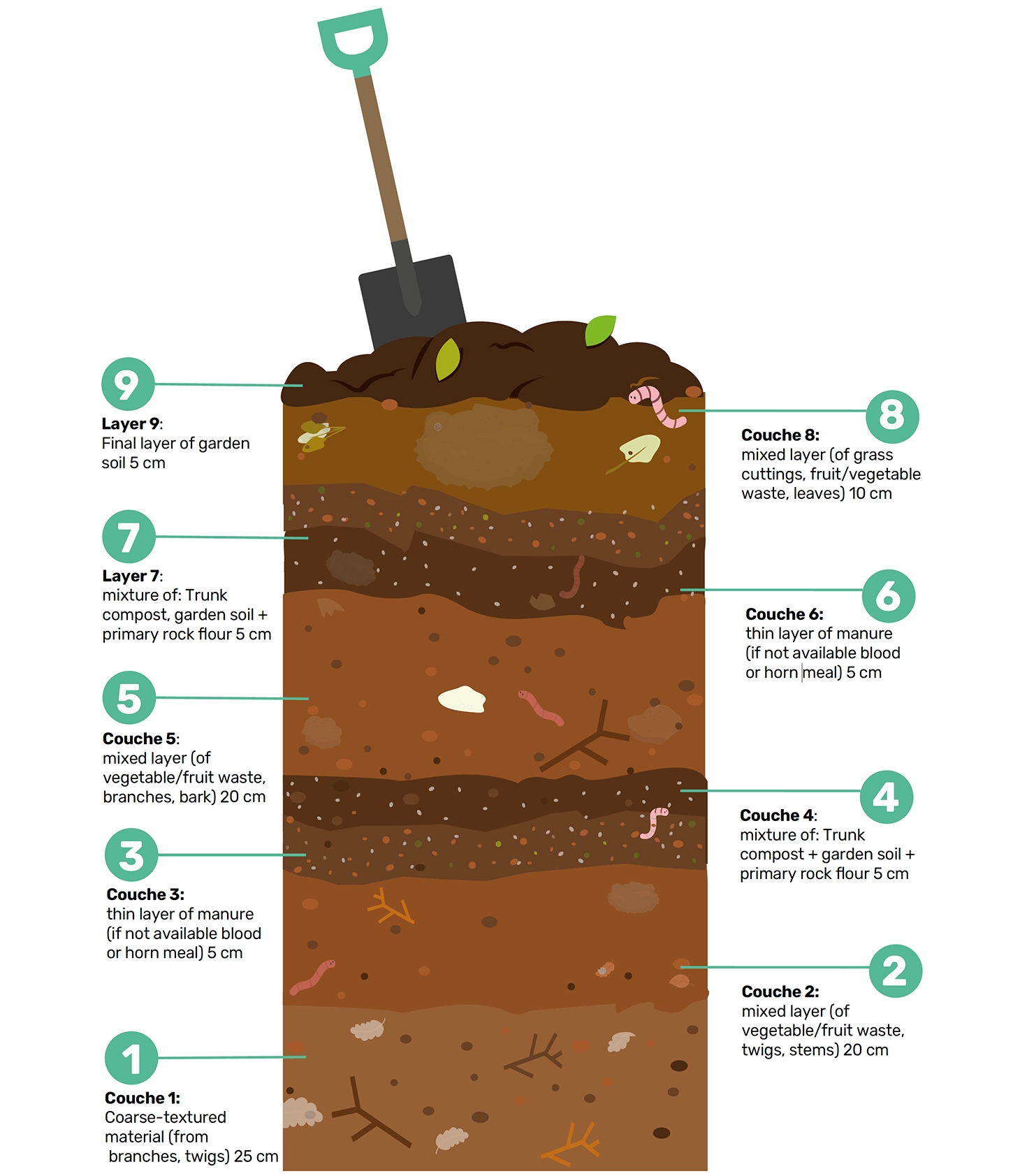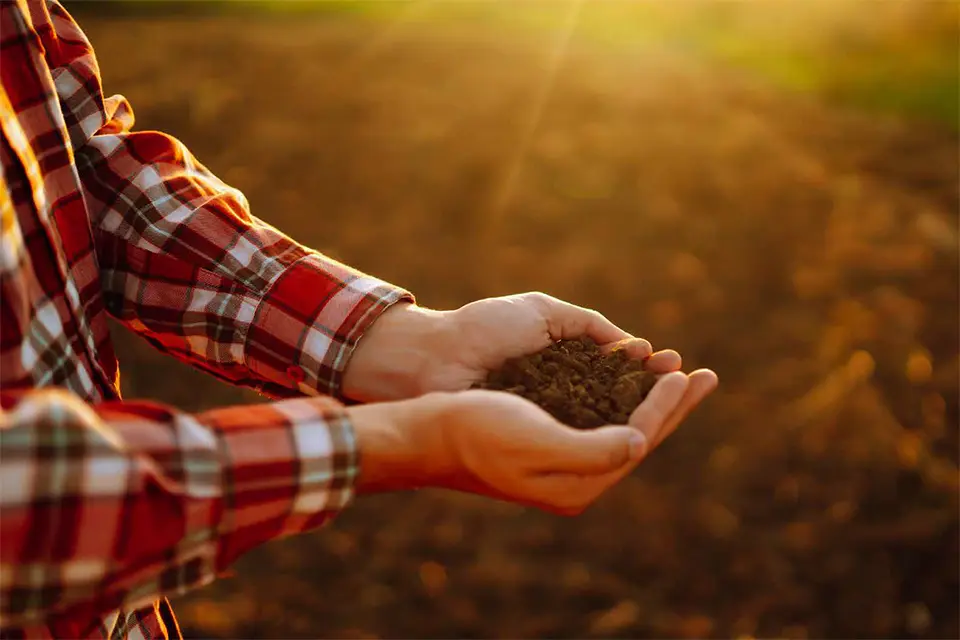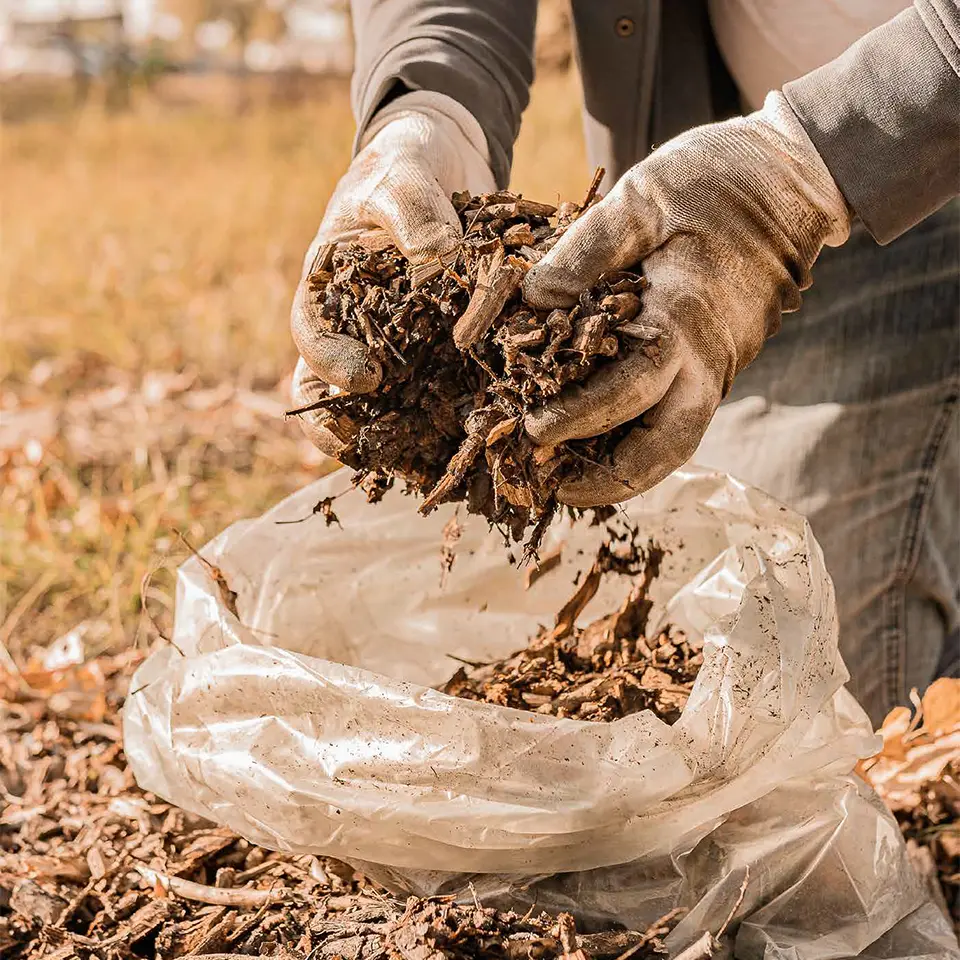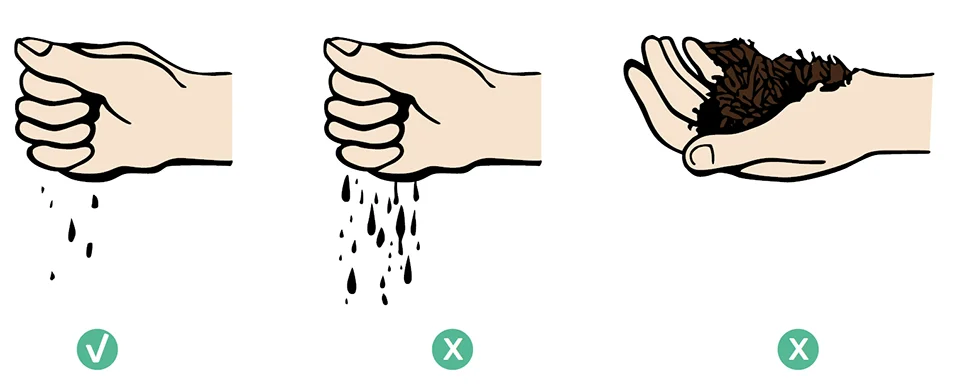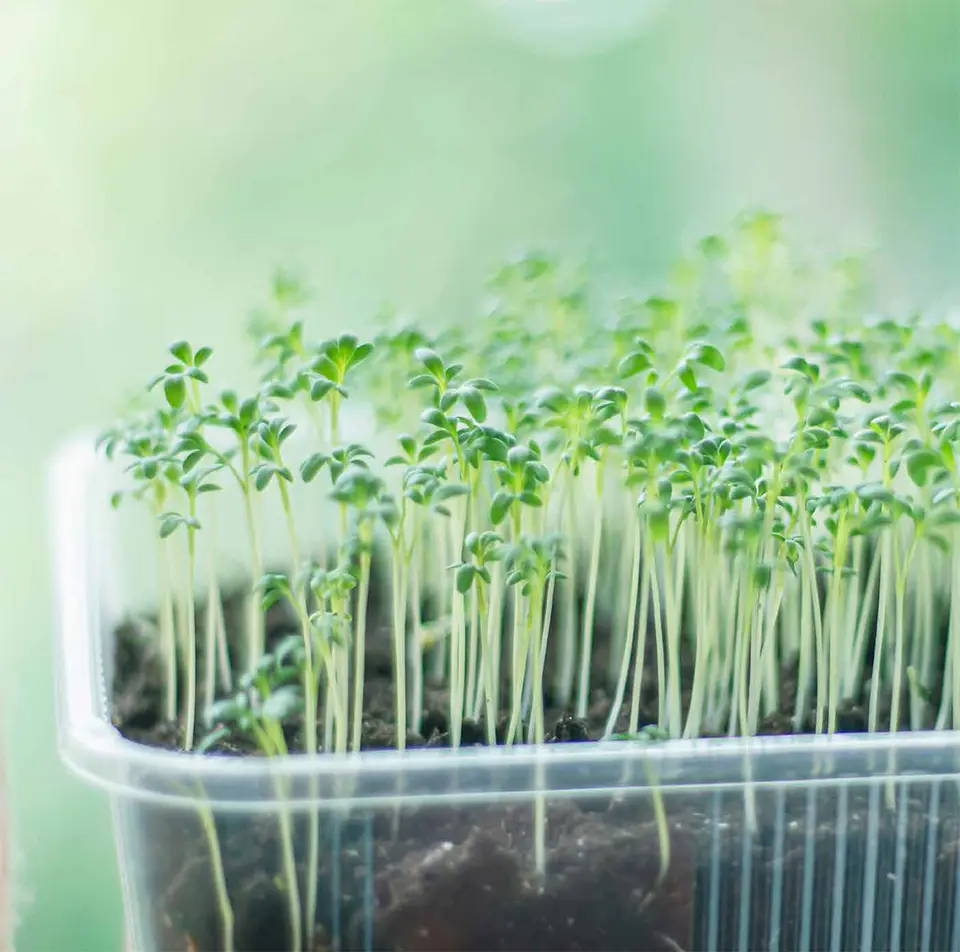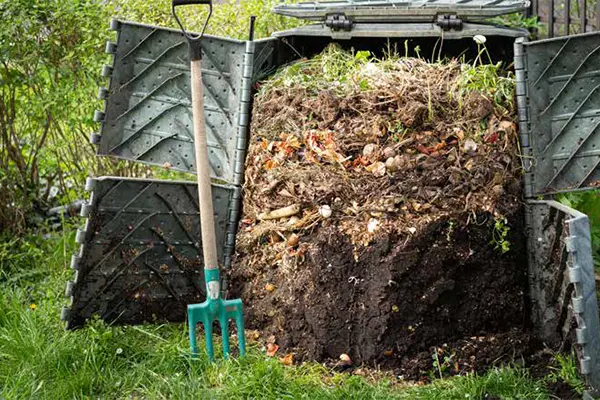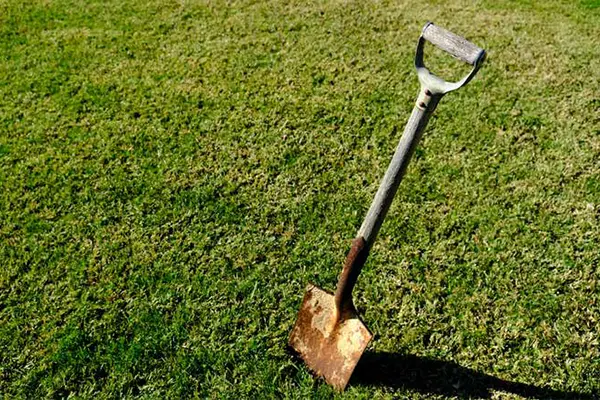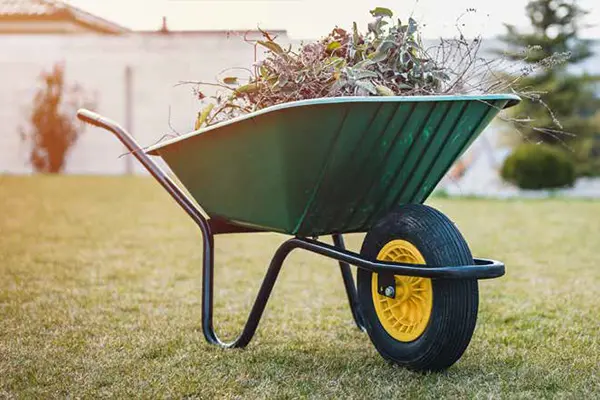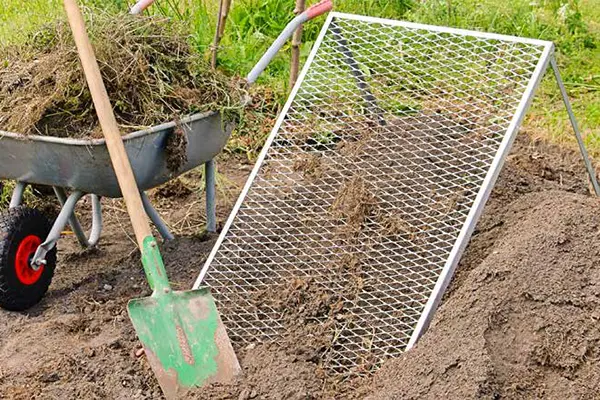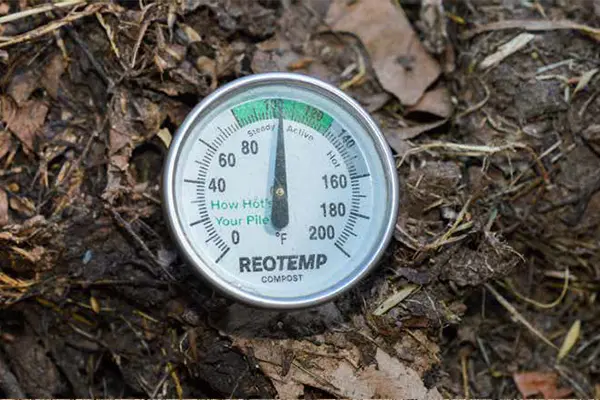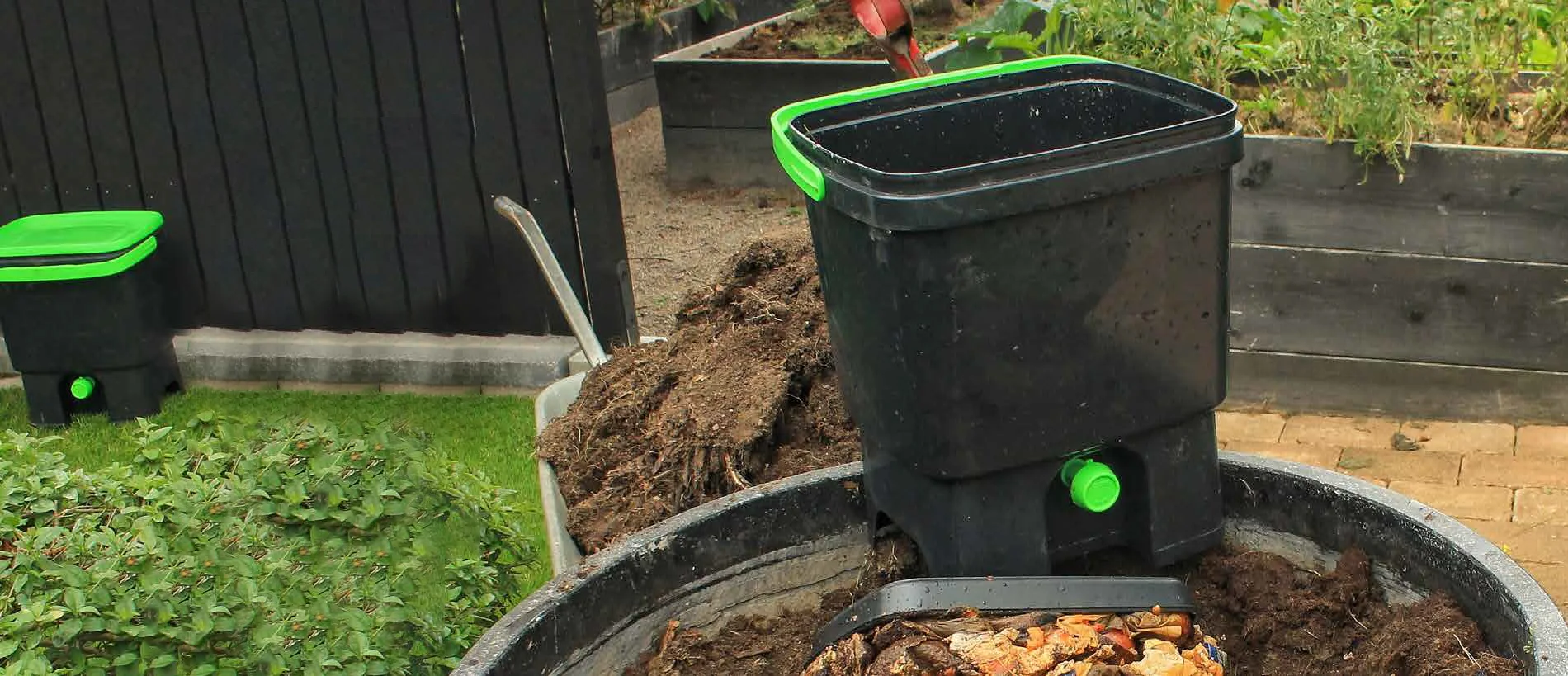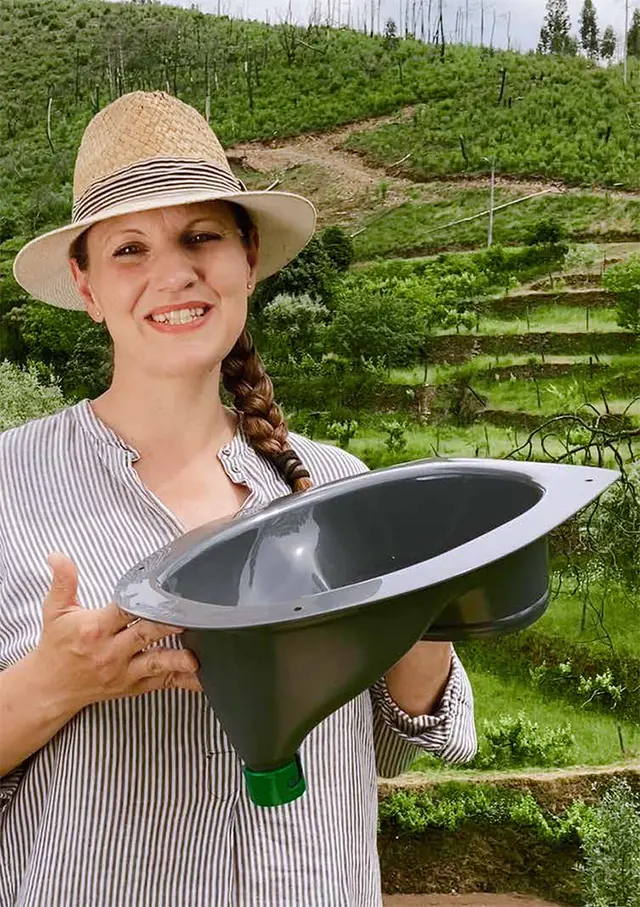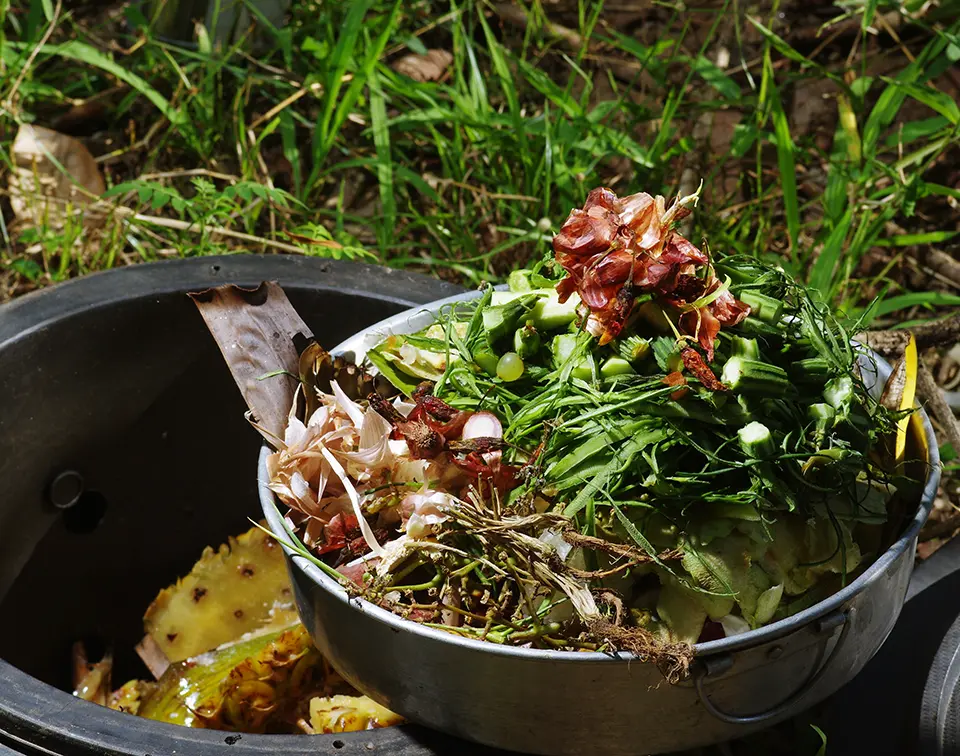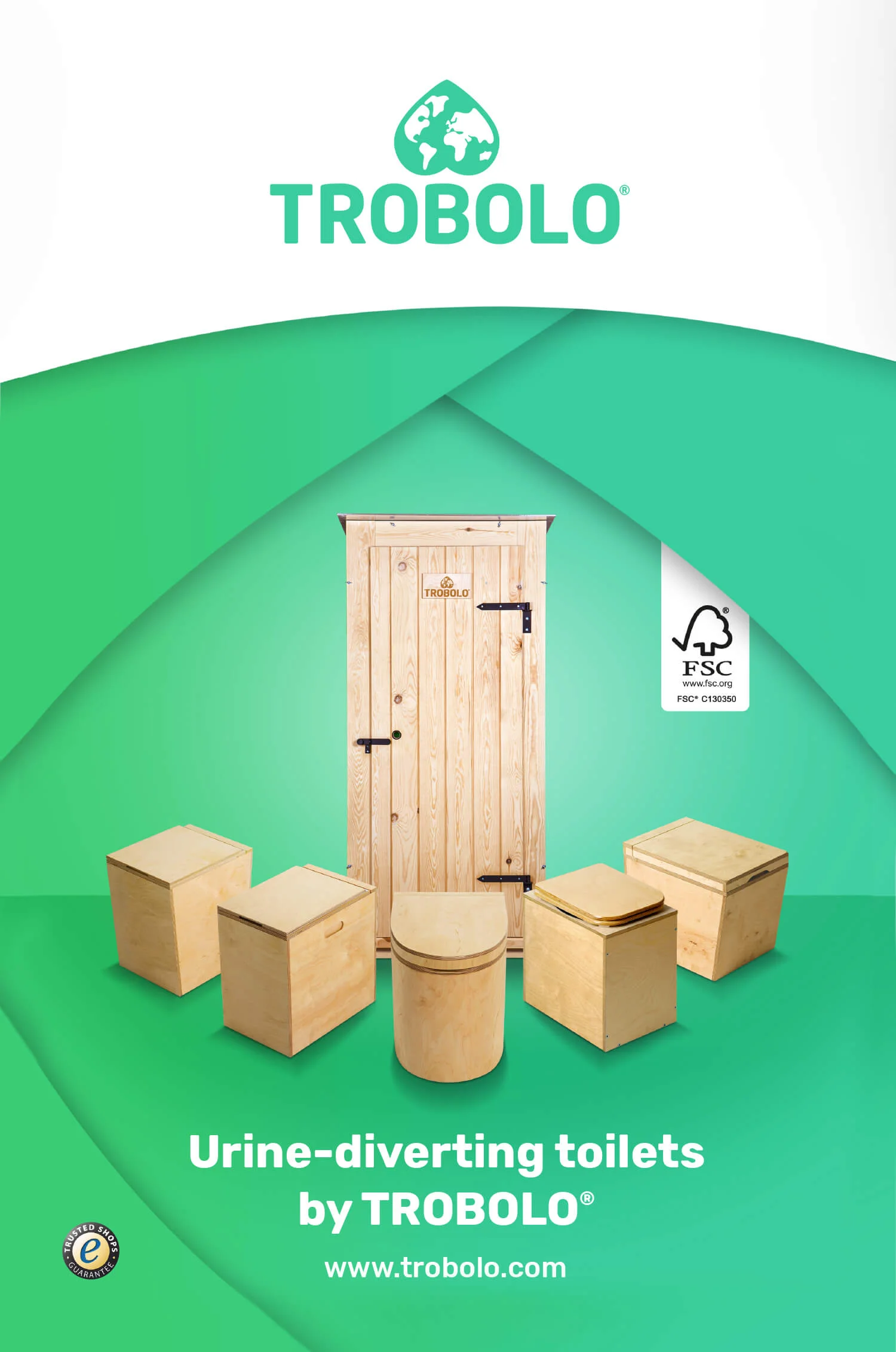Distinction between compost and humus
Humus is the term used to describe the totality of all organic substances in the soil. Humus is formed naturally, without human intervention, by the decomposition and conversion of dead, organic material of animal and plant origin by soil organisms.
The build-up of a fertile humus layer takes place very slowly. In Germany, it takes 100 to 300 years for one centimetre of this fertile layer to form. In other regions, this process can be much slower and take up to 1,000 years. This is why composting is so beneficial: composting produces nutrient-rich „compost humus“ after only a „short“ time (within six to twelve months).
The word compost has its origin in the Latin adjective „compositus“ and is translated as „to put together“ or „to compose“. While humus is created without human intervention, we need to be actively involved in the creation of compost. We must collect dead, organic material of animal and plant origin, pile this material up and actively influence the rotting process by turning it over, keeping it moist and covering it.
Compost is therefore a humus-rich decomposition product, which is made by the process of decomposition of decomposed, dead, organic materials in combination with physical and chemical processes and the activity of soil organisms under the influence of humans.

